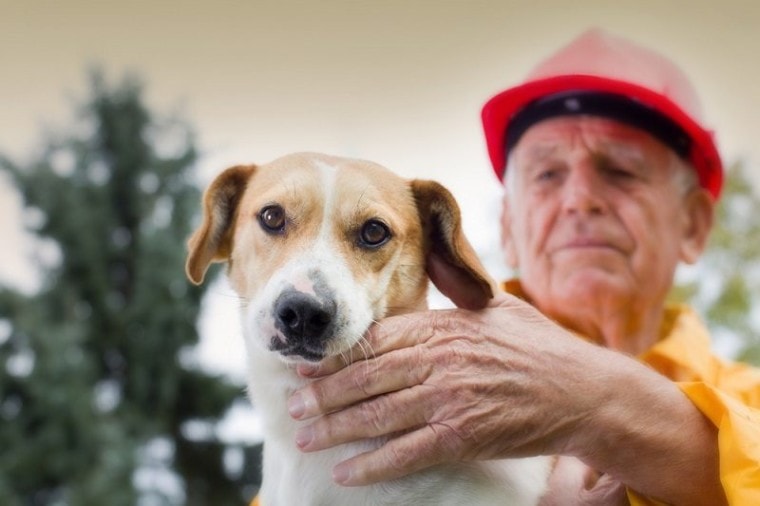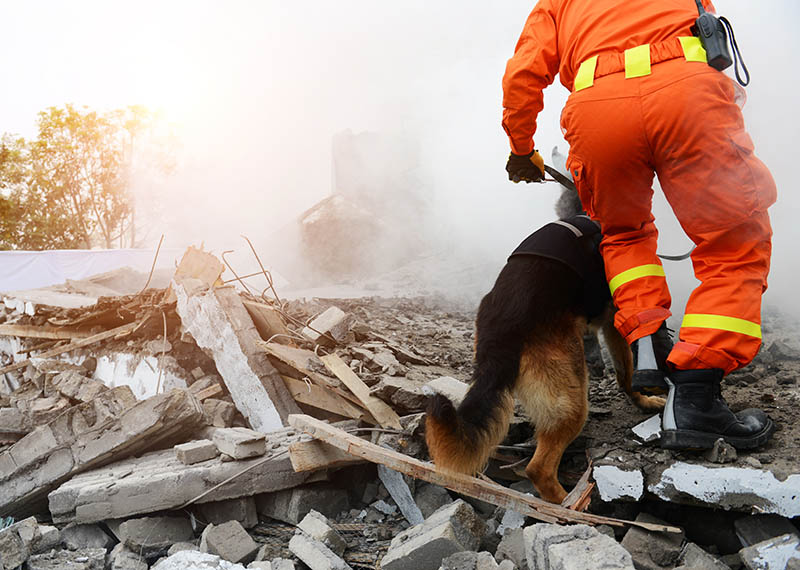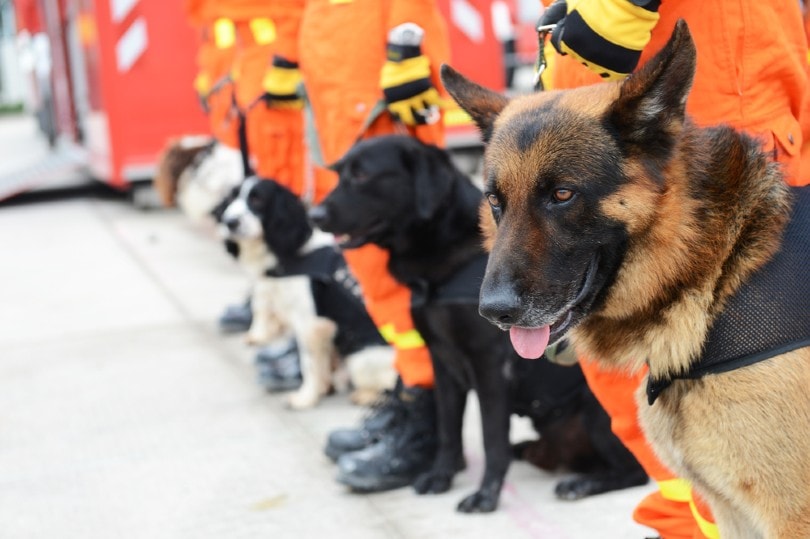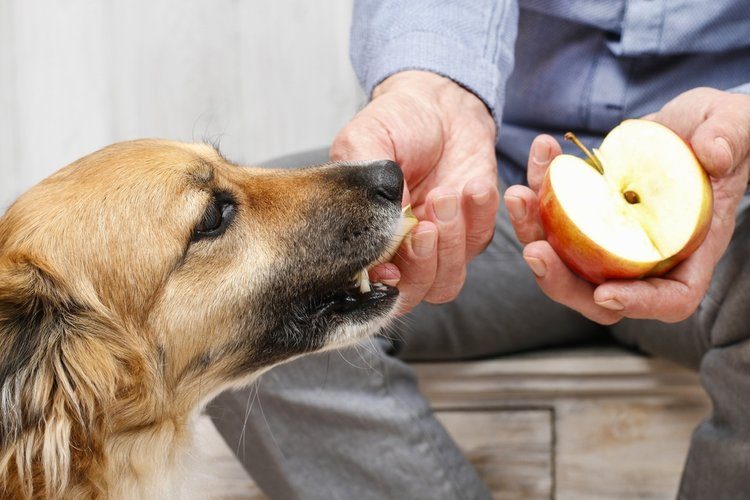
Humans have lived side by side with animals for hundreds of years, and our pets and other domesticated animals have become dear to us. Losing them is painful, and we are always looking for ways to prevent that, especially when disasters hit. National Animal Preparedness Day is observed on May 8 of every year.
It is meant to raise awareness of disaster preparedness for animals and how to cater to them in critical situations. You can use this day to learn how to keep your pets safe in case of a disaster. Read on as we discuss the types of animal disaster preparedness and the steps involved.
History of National Animal Disaster Preparedness Day
National Animal Disaster Preparedness Day was founded in 2010 by the Federal Emergency Management Agency (FEMA). The aim was to help raise awareness of disasters’ impact on animals and how we can prepare for them.
Natural disasters have the same impact on animals as they have on animals. When Hurricane Katrina hit the US in 2005, an estimated 600,000 animals died, including cats, dogs, and birds. This led to the approval of the Pets Evacuation and Transportation Standards Act in 2006, and more agencies have joined the efforts since then. As animal caregivers, we must ensure that we decrease the impact of disasters on our pets and other animals in our care.
The 3 Ways You Can Observe National Animal Disaster Preparedness Day
If you are a pet owner or concerned about the welfare of pets in disasters, whether natural or manmade, you should make a point of celebrating this day. You can do this by:
1. Creating an Emergency Supply Kit
Spend the day making an emergency supply kit with everything your pet might need in a disaster. Preparing it can assist in securing their safety in case of a disaster. If you can, consider preparing two kits; one if you need to flee and another if you need to stay home.

2. Making Donations
There are many organizations that deal with animals in times of calamities. You can make contributions and donate money to these charities.
3. Spreading Awareness
You can spread awareness of this day and its importance in several ways. Consider distributing posters and leaflets in your neighborhood and sharing them on social media. To help in raising awareness, use the appropriate hashtags or link blogs about the day on social media.
What Is Natural Disaster Preparedness?
Disaster preparedness is a set of measures undertaken in advance by organizations, communities, and governments to respond better and cope with the aftermaths of a disaster. Some initiatives that may be used in disaster preparedness include training for search and rescue, establishing early warning systems, and stockpiling equipment. In a disaster, your pets are entirely dependent on you.
Why Is Disaster Preparedness Important?
National animal preparedness is important for a variety of reasons.
1. It Prepares Us for Disaster Scenarios
Disasters happen all over the US every year, including hurricanes and wildfires, and we may not always be ready for them. These disasters disrupt hundreds of lives, and the effects may be long-term, depending on the severity of the disaster.
2. Increases Survival Rate
Being prepared can help decrease your anxiety in disasters and equip you with the skills to deal with calamities. First responders may be unable to reach you and your pet immediately, and being prepared for these disasters can mean life or death for your pet.

3. It Ensures Lessons Are Learnt
Many areas that are hit by disasters are struck more than once. Disaster management and preparedness ensure that the responses to previous disasters are learned from, and communities can utilize the knowledge and apply it to future disasters.
4. Reduces Loss
Disaster preparedness is vital in averting and mitigating the risk of these disasters on us and our pets. Saving lives is the ultimate aim of disaster preparedness and why it is so important.
Tips to Help You Prepare Your Pets for a Disaster
According to animal experts and first responders, some additional tips you can use to keep your pet safe in a disaster include:

The 5 Elements of Disaster Management
1. Prevention
Prevent means taking action to avoid the incident. This is usually done with human disasters that are preventable. On the other hand, natural disasters are impossible to prevent, and this element cannot be used.
2. Mitigation
Mitigation refers to measures taken to reduce the chances of something harmful affecting people on a large scale. As much as some disasters cannot be avoided, the effects can be reduced. Some standard mitigation measures include building safe zones, following the zoning requirements, constructing barriers, and installing shutters.
3. Preparedness
Individuals and communities engage in activities that increase their ability to respond in case a disaster occurs. Some typical activities in this step include developing mutual aid agreements, training citizens and responders, conducting disaster preparedness exercises, and leading disaster education campaigns.

4. Response
These are actions carried out before, during, and after a disaster. They aim to save lives and properties, reducing losses and the amount of suffering. Response actions typically include activating the response center, dispatching responders, evacuating the affected individual and their pets, opening and operating shelters, and providing medical aid.
5. Recovery
Recovery efforts after a disaster are meant to return a community to near-normal conditions. This includes restoring essential services that communities need daily, cleaning up, rebuilding roads and properties, caring for displaced humans and animals, and providing financial assistance.
Conclusion
National Animal Preparedness Day is observed on May 8 of every year and is meant to raise awareness of disaster preparedness for animals and how to cater to them in critical situations.
The hours and days after a disaster are the most important. If you are returning home after a disaster, you must ensure that the environment is hospitable for you and your pet. Also, if you were separated from your pet during the disaster, the first step should be contacting local shelters in the area and animal control to help you locate your pet.
Featured Image Credit: Budimir Jevtic, Shutterstock









